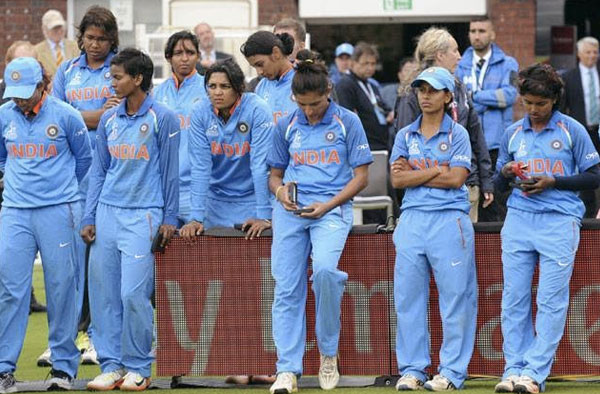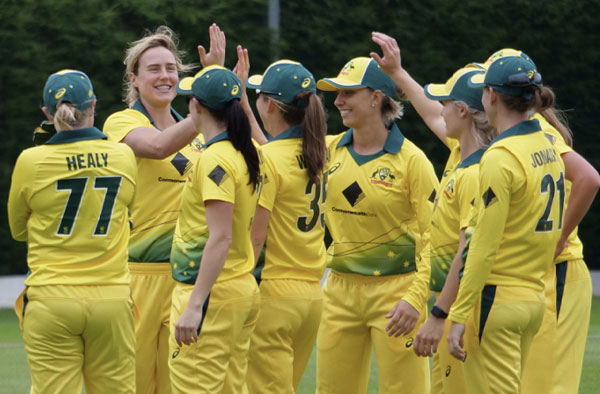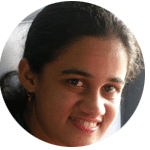On May 19, The BCCI announced the list of women cricketers to get annual central contracts for the period from October 2020 to September 2021. 19 players will reap the benefits of the annual contract this year compared to 23 last year. The four players to have missed the bus are Anuja Patil, D Hemalatha, Ekta Bisht, and Veda Krishnamurthy.

Though the omission of the aforementioned four players has raised many eyebrows, the yawning gap between the contract amount for men and women has raised serious concerns. The Indian men cricketers are categorized into four grades, namely, A+, A, B, and C, while the women cricketers are divided into three grades, namely, A, B, and C. The difference between the contract fee for each grade is mammoth.
While the men cricketers earn Rs. 7 crores, Rs. 5 crores, Rs. 3 crore and Rs. 1 crore for respective grades, the women cricketers pocket Rs. 50 lakh, Rs. 30 lakh and Rs. 10 lakh. Juxtaposing the contract amounts, a Grade A woman cricketer earns 50% and a Grade C women cricketer is paid just 10% of what a Grade C male cricketer draws
The big disparity between the pay has drawn a lot of attention. However, when addressing this issue, India opening bat Smriti Mandhana, in a press conference in January 2020 said, “We need to understand that the revenue which we get is through men’s cricket. The day women’s cricket starts getting revenue, I will be the first person to say that we need the same thing. But right now, we can’t say that.”
The vicious cycle
If women’s cricket is garnering less revenue, then who is to be held responsible? Players or the administration? There is seldom any doubt that there is a huge difference between the number of matches played by the Indian men and women cricketers. It has become a vicious cycle. Women’s cricket is less popular, that is why they are given fewer matches. Since they play fewer matches, they earn less. The money involved in women’s cricket is not high, that’s why not many girls look to pursue cricket as a profession. Since fewer girls want to play cricket, the popularity of the sport is affected.

Drawing parallels with other cricket boards, not to forget BCCI is the richest cricket board in the world, it is observed that Australia and England are doing well in supporting their women cricketers financially.
Lessons to learn from Cricket Australia
Cricket Australia has been a revelation. In 2016, they ensured the women’s team got the same treatment at the T20 World Cup in India. In 2017, they increased the pay for the women’s team by more than 100% to ensure that there is gender parity with respect to the earnings from Cricket Australia. In 2020, the board promised to top up whatever money their women’s team would win from ICC to ensure parity with the men’s prize money. These are just a few instances of what the Australian Board has done for its women cricketers and the results of which are quite evident. The Australian women’s cricket team is also the highest-paid women’s sports team in the country.

Going West, England is also on the right path. It has 58 (41 domestic and 17 international) players on central contracts. Since 2017, the ECB has taken giant strides to ensure gender equality in terms of pay to make cricket a gender-balanced sport in the country. Apart from this, recently, the board announced that The Hundred, will feature equal prize money for the men’s and women’s competitions.
It is time for the BCCI to take a leaf out of Australia’s and England’s cricket boards in terms of handling women’s cricket. While the girls are trying hard to get attention by performing well at the highest level, for instance reaching the World Cup finals in 2017 (50-overs), 2020 (T20), and semi-finals in 2018 (T20), in the recent past, it is time for the BCCI to give the girls their desired due.
Live coverage of matches, coverage across print, electronic and social media, more number of matches, and of course a better pay can be the way forward to grow women’s cricket in India.

I am a former cricketer having represented Mumbai University at All India University level. I was a part of MCA probables for the U-19 and U-23 age group. I have been an avid cricket writer for the last five years. Currently I am pursuing my Ph.D from IIT Bombay.